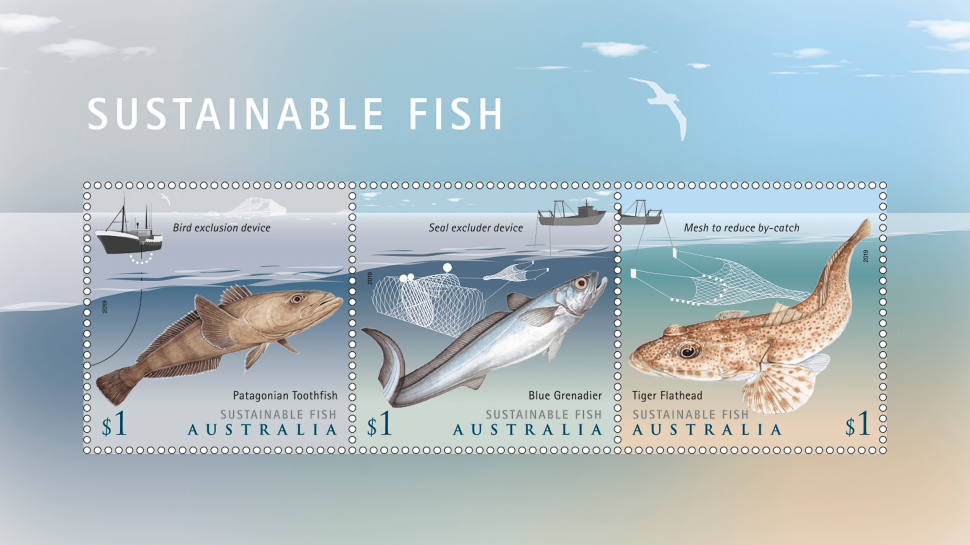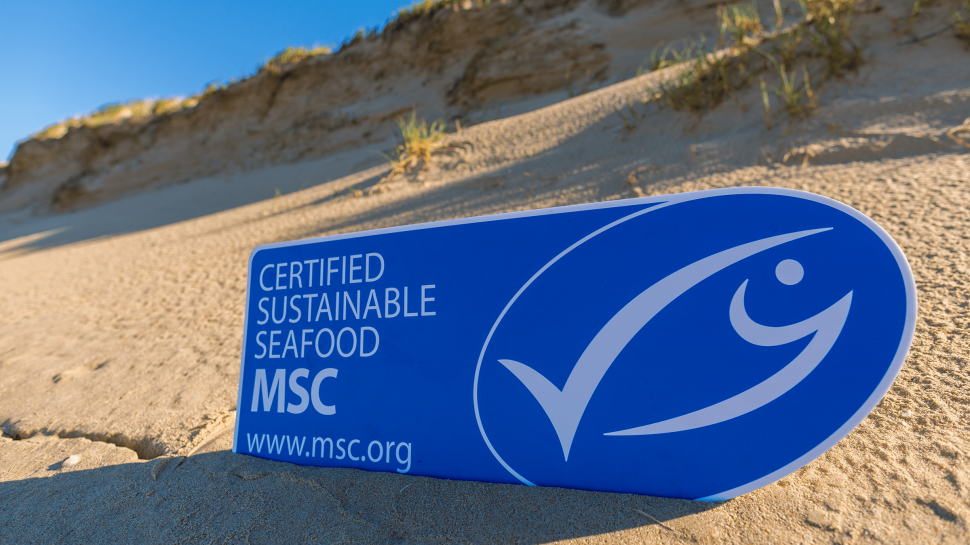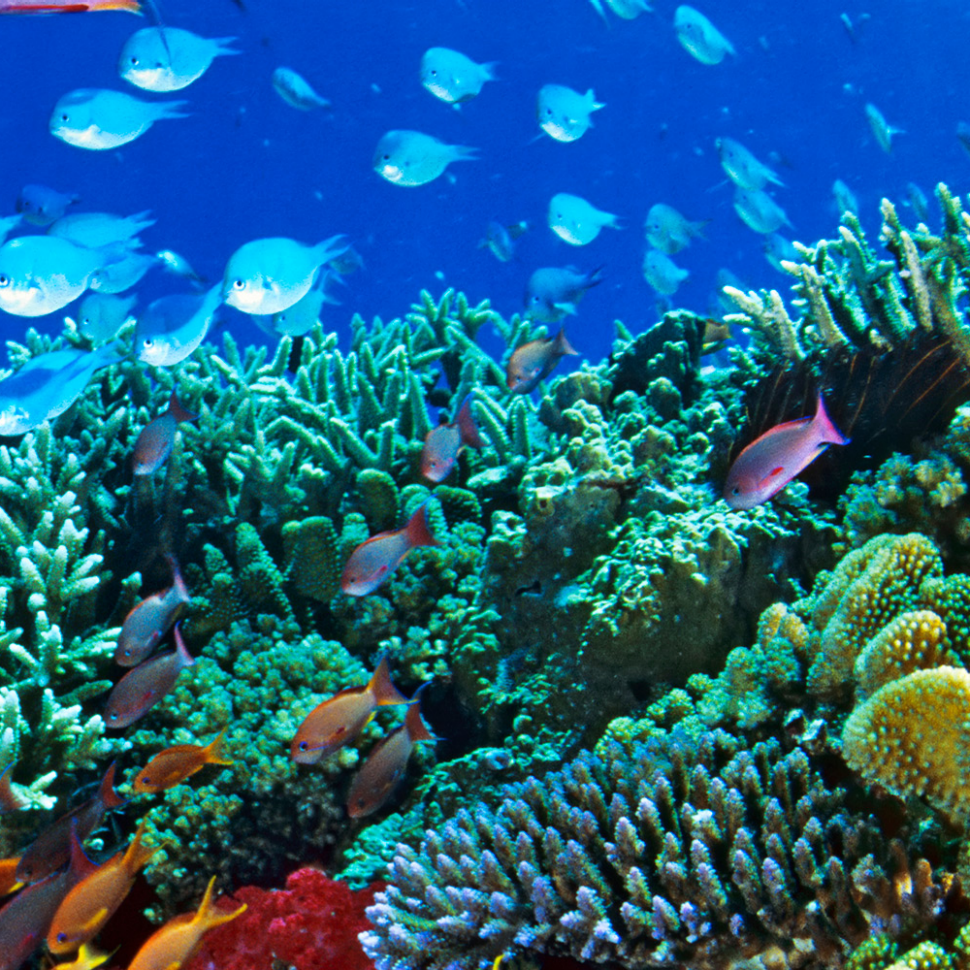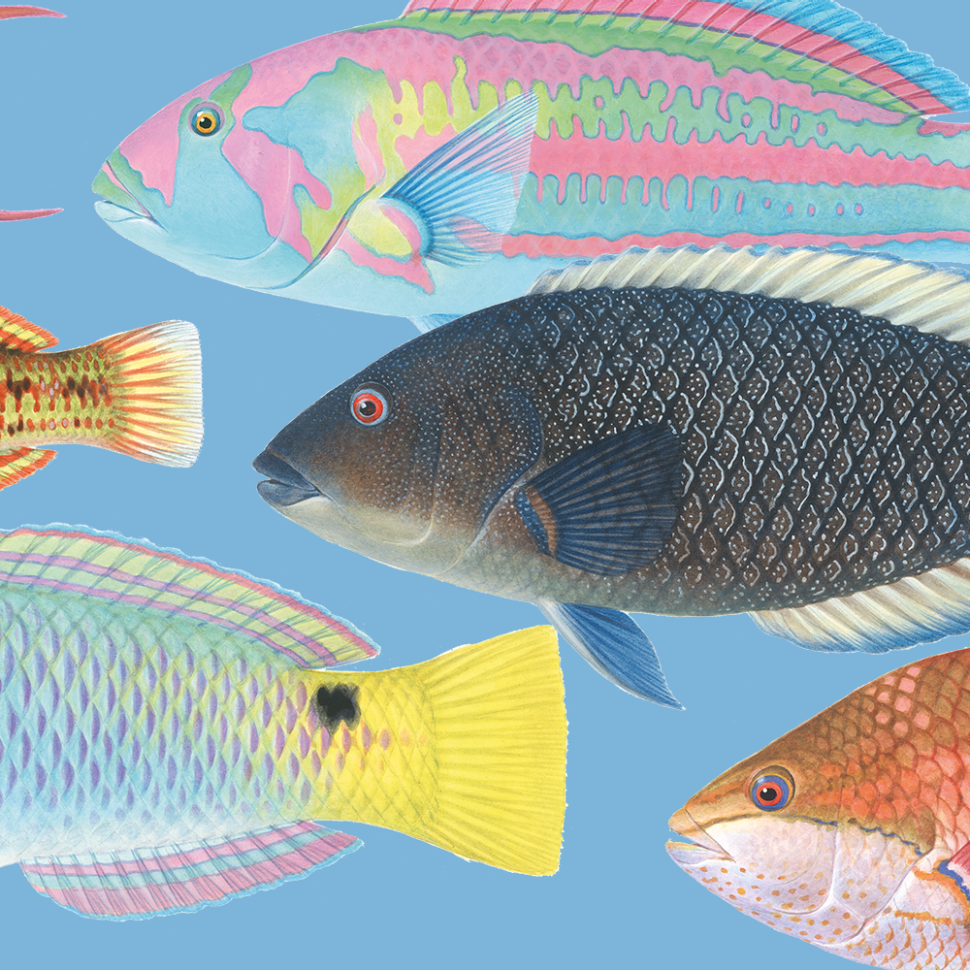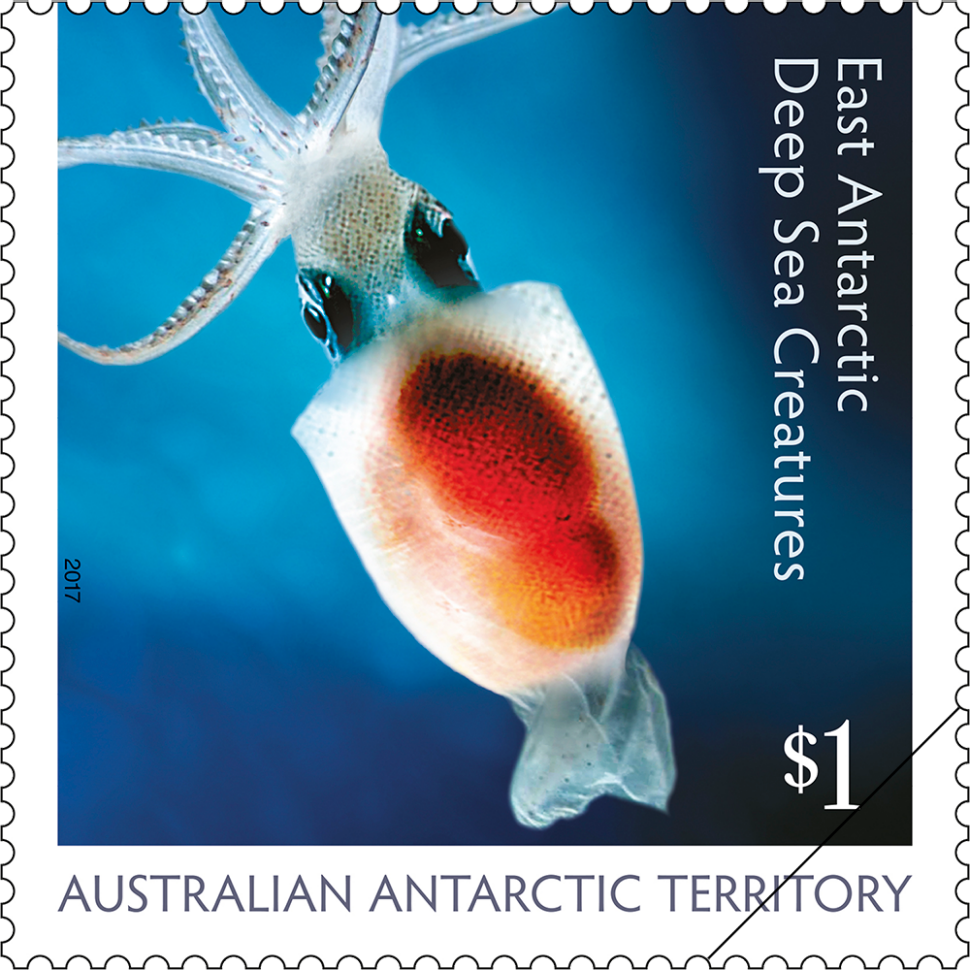Professor Keith Sainsbury is a scientist with more than 30 years of experience in providing scientific advice on sustainable fishery management, aquaculture, biodiversity, seabed habitat health and more to government regulators, industry, international fishery management organisations, and third-party eco-certification schemes. For much of this time, Keith led relevant research programs in the CSIRO and for the past 10 years has been a Commissioner with the Australian Fishery Management Authority and a Board member for the international not-for-profit Marine Stewardship Council (MSC).
Keith also chaired the United Nations Food and Agricultural Organisation process that produced guidelines for the Ecosystem Approach to Fishery Management and he is a professor at the University of Tasmania. As such, Keith has been an invaluable consultant to the researcher working on the Sustainable Fish stamp issue, released 14 March 2019.
Keith defines a sustainable fishery as one that can be continued indefinitely while maintaining healthy and productive fish populations and preserving the structure and function of the relevant ecosystems.
“In sustainable fishing, any impacts on habitats, target species, by-catch species and food-webs are monitored and managed within limits that maintain both species populations and the structure and function of ecosystems,” says Keith.
“A sustainable fish population has an abundance and … structure that is resilient to fluctuations in environmental conditions, ensures reproductive capability and effectiveness, provides high population productivity, and enables the species to fulfil its role in the ecosystem.”
Keith explains the two main reasons that these factors are so important.
“The first is to maintain the livelihoods and human food production from fisheries. Sustainable fisheries are a relatively low environmental-impact source of human income and food. They have a low carbon footprint and don’t require fertilisation, husbandry interventions, habitat clearing or introduction of non-native species.
“The second is to maintain the biodiversity and function of marine ecosystems. These ecosystems have intrinsic value and worth, with a consequent stewardship responsibility on humans. In addition, they play a major role in maintaining the Earth’s biosphere and its processes, including providing 50 to 80 per cent of the oxygen we breathe.”
The Sustainable Fish stamp issue presents three species of fish that are classified as sustainable in Australia, either by the MSC and/or the national Status of Australian Fish Stocks reports: Patagonian Toothfish (Dissostichus eleginoides), Blue Grenadier (Macruronus novaezelandiae) and Tiger Flathead (Platycephalus richardsoni). The stamp illustrations are by Dr Lindsay Marshall, who has a PhD in shark morphology and fisheries science, as well as an honours degree in marine science. Lindsay also illustrated Rays of the World by CSIRO Press.
“The population dynamics of all three of the species featured on the stamps have been extensively monitored and scientifically analysed, and this knowledge has been used to develop and test management strategies that will maintain healthy populations,” says Keith.
“These management strategies have been applied for many years and have been shown to be successful achieving fishery sustainability goals. There have also been specific actions and measures in each fishery to limit by-catch and impacts on the ecosystem.”
In relation to Blue Grenadier, Keith notes that these practices have included the development and use of seal excluder devices. A seal excluder device, as pictured on the Blue Grenadier stamp, contains a rigid barrier grid, which is attached to the circumference of the net to help guide seals towards an escape hole that is positioned either above or below the grid.
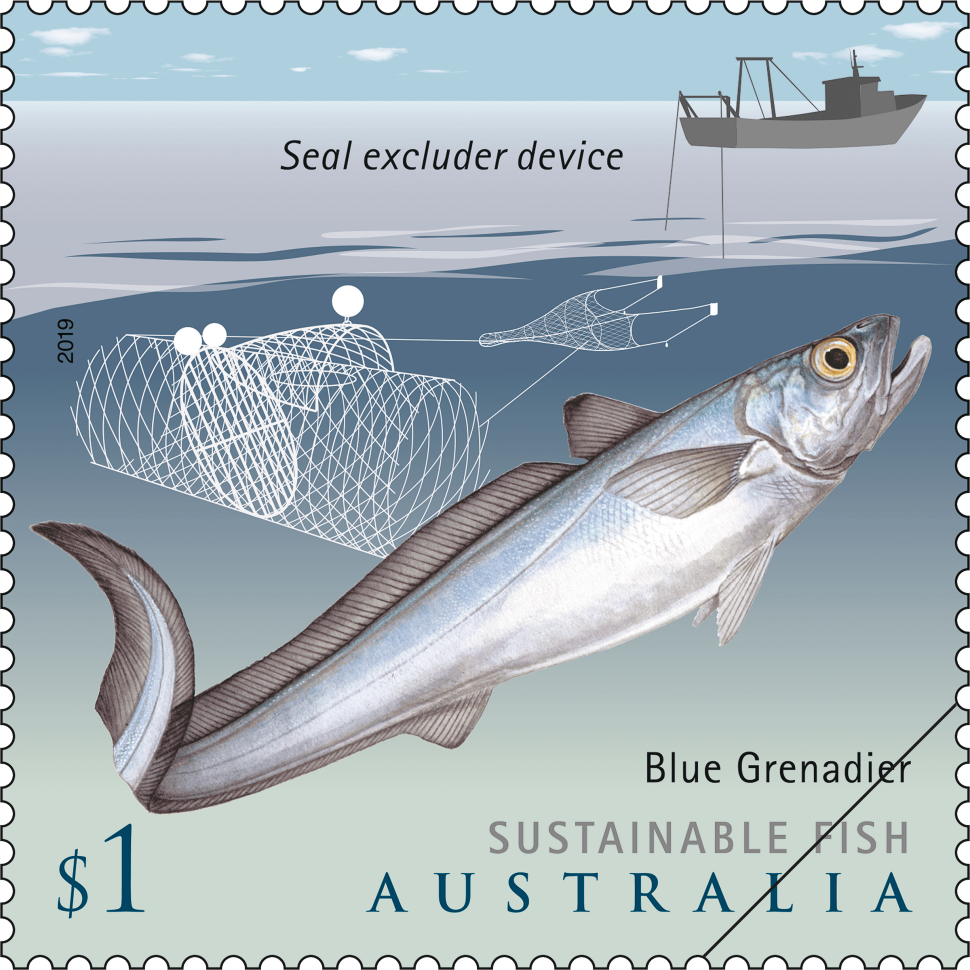
Regarding Tiger Flathead, Keith points to practices and devices that minimise seabird interactions with trawl wires as well as modifications to the trawl net itself to reduce the catch of undersized or non-target species.
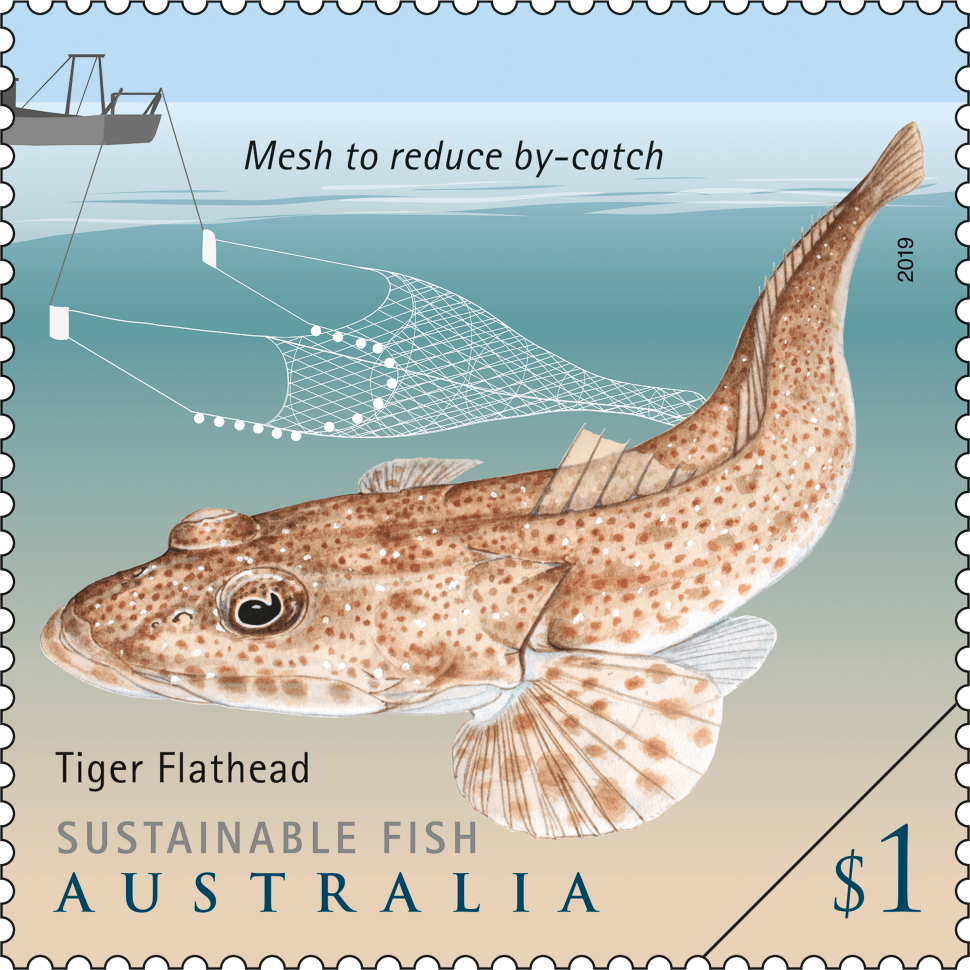
Australia’s Patagonian Toothfish fisheries have developed practices and devices to minimise seabird interactions with longlines. A bird exclusion device forms a physical and visual barrier around the area where line hauling occurs and prevent seabirds from accessing baited hooks.

The device contains a string of floats which encircle the line hauling area on the surface (as pictured on the Patagonian Toothfish stamp). Attached to the floats are a series of ropes which run up to a headline. The device is suspended from one or two booms which extend alongside the vessel.
“These measures have been so successful that there have been no seabird deaths for several years,” noted Keith.
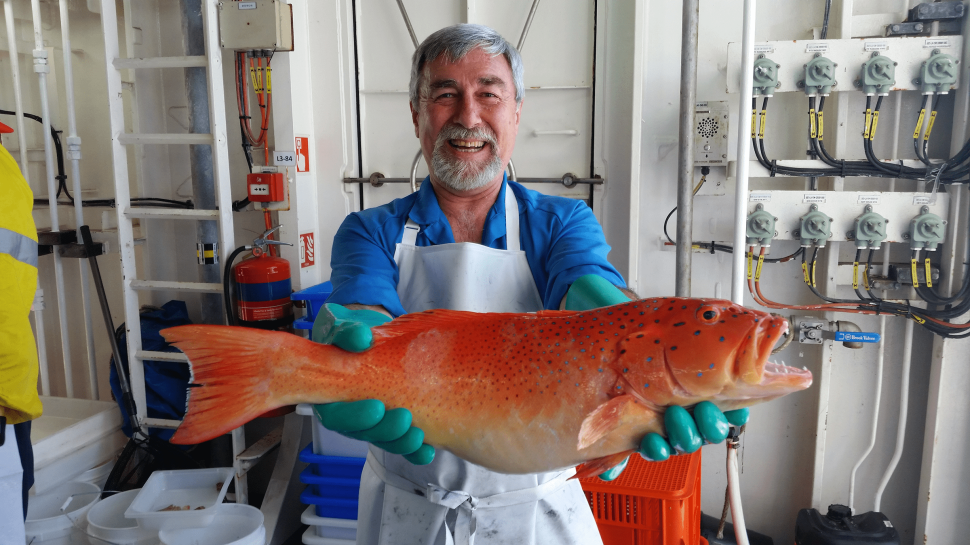
In Australia, in addition to undertaking modifications to fishing gear, managers of commercial fisheries monitor both stock and fishing levels, as well as a range of other environmental factors. Government observers travel regularly to fisheries, and monitoring devices are used on boats in many fisheries to ensure compliance with entry limits and conditions.
“Nationally the status of most Australian fish stocks is compiled and reported periodically, with the most recent assessment (2018) categorising 71 per cent of the 355 assessed stocks as “sustainable” and eight per cent as ‘overfished’.”
Australia also rates highly on an international scale for its sustainable fishing practices.
“In 2000, the Western Rock Lobster fishery was the first fishery in the world to receive full certification against the then new sustainability standard of the MSC and it has maintained that sustainability certification through to the present day. Since then several other Australian fisheries have also received MSC certification – including the fisheries for Gulf of Carpentaria and Exmouth Gulf Prawns, Southern Ocean Patagonian Toothfish, Blue Grenadier, South Australian Sardine, Pearl Oyster, and Lakes and Coorong Pipi,” says Keith.
Anne Gabriel is the Oceania Program Director of the MSC. As such, Anne leads programs in Australia, New Zealand and the Western Central Pacific Ocean. Anne agrees that Australia is doing much to help lead the way on sustainable fishing.
“Australia is certainly a country of seafood and ocean lovers. We are lucky to have vast and beautiful oceans that contain important natural and biological resources. They supply food, play a significant role in determining our climate, and are fundamental to our national identity.”
“Sustainability is a word that gets used a lot. However, it is one thing to say you’re sustainable, but quite something else to prove you are. Leadership from state and federal government, industry, academia and conservation groups has placed Australia in a positive light as a strong performing nation for fisheries management in the world,” says Anne.
Anne says that the goal of the MSC is for future generations to be able to enjoy seafood and oceans full of life, forever.
“Our mission is to use our eco-label and fishery certification program to contribute to the health of the world’s oceans by recognising and rewarding sustainable fishing practices, influencing the choices people make when buying seafood and working with our partners to transform the seafood market to a sustainable basis.”
“A recent global consumer survey on seafood consumption, which covered Australian consumers, indicated that the science community and NGOs are perceived as doing the most to protect the ocean environment. And indeed, for more 20 years, the MSC has worked with scientists, fisheries, seafood producers and brands to develop our standards and promote sustainable fishing,” says Anne.
The MSC’s blue label is only applied to wild fish or seafood from fisheries that have been certified to the MSC Fisheries Standard. This standard is a science-based set of requirements for sustainable fishing that meets the best practice requirements set by both the United Nations Food and Agriculture Organization (UNFAO) and ISEAL, the global membership association for sustainability standards. In March 2017, the MSC became the first global seafood certification program to be recognised for rigour and credibility by the Global Sustainable Seafood Initiative (GSSI).
“MSC certification is as credible third-party certification scheme that proves that a fishery is well-managed and is sustaining ocean resources and livelihoods for future generations,” says Anne.
“As a voluntary scheme, fisheries decide to be MSC certified and to be benchmarked against the world’s most recognised reference for sustainability: the MSC Fisheries Standard, and thereafter for the catch to be sold with the blue MSC label through the chain of custody program.”
“Ten years ago, only 1,000 labelled products were in the market. Today there are over 30,000 products using the MSC label, in over 100 countries, covering more than 108 MSC certified species, with estimated $6 billion spent by consumers on MSC-labelled products,” notes Anne.
The MSC is currently running Sustainable Seafood Week, an annual flagship event aimed at bringing together partners (including supermarkets, food brands and zoos) to help empower consumers to make the right choice when shopping at supermarkets or dining at restaurants. The event is in its 11th year.
“As we create increased understanding about sustainable fishing and as the demand for sustainable seafood grows, more fisheries are changing for the better. They are improving fish stocks, reducing impacts and putting better management systems in place. And when fisheries prove their sustainability, we should stand up and recognise them, and Sustainable Seafood Week is another way we can do this,” notes Anne.
“Sustainable Seafood Week also helps meet the needs of Australian consumers, 75 per cent of which told us via research that they would like to play their part in saving the ocean by consuming seafood only from sustainable sources, so that future generations can continue to enjoy seafood,” says Anne.
“Consumers can also play their part in asking for sustainable seafood wherever they go. Little things like asking a restaurant or supermarket where their fish comes from and whether it’s sustainably fished; is it traceable? Does it have a third party audited ecolabel on it to prove sustainability? If no, why not? These are the questions consumers can start asking so the market is further motivated to ensure they make the shift to protect our oceans, while maintaining a healthy supply of seafood for generations to come,” says Anne
According to Anne, there is a global imperative too.
“Over three billion people rely on seafood as their main source of protein in the world. With fishery exports from developing countries valued at over US$80 billion, more than all other food commodities combined (including meat, rice and sugar), many nations and communities around the world depend on fishing as their primary source of living and sustenance.”
“The United Nations (UN) Sustainable Developments Goal 14 (Life under Water) aims to end overfishing, pollution and ocean acidification. And indeed, humanity and wellbeing on Earth are intrinsically linked to the health of our oceans. Our oceans provide oxygen for every second breath and absorb a quarter of the carbon emitted into the Earth’s atmosphere,” notes Anne.
As for the fish species listed in our stamps, Anne notes some key examples of how industry, government and NGOs can collaborate to produce significant sustainability outcomes.
“The Southern Ocean Patagonian Toothfish fisheries have all but eliminated illegal, unregulated and unreported (IUU) fishing through identifying illegal vessels operating without the appropriate licenses. Australian Heard Island and McDonald Islands (HIMI) and Macquarie Island Patagonian Toothfish stocks continue to be at healthy levels. This healthy stock status is projected to be maintained throughout the 35-year stock assessment model forecast,” says Anne.
“Australian fisheries have effective strategies in place to reduce the capture of seabirds, including controls on fishing practices, seasonal restrictions on gear use, temporal restrictions on gear use, and requirements for real time reporting of interactions. This has significantly minimised seabird interactions with the fishing gear, bringing seabird bycatch to near-zero levels. The HIMI and Macquarie Island Toothfish Fisheries are also two of the seven MSC certified Toothfish fisheries that have closed areas to protect seabed habitats.”
To learn more about the work of the Marine Stewardship Council, visit www.msc.org
Sustainable Seafood Week runs from 11 to 17 March 2019: www.msc.org/en-au/home/sustainable-seafood-week
Banner image and image of MSC ecolabel, courtesy Marine Stewardship Council, Australia.
The Sustainable Fish stamp issue is out now, online, at participating Post Offices and via mail order on 1800 331 794, while stocks last.
View the gallery and technical details from this issue
This content was produced at the time of the stamp issue release date and will not be updated.

